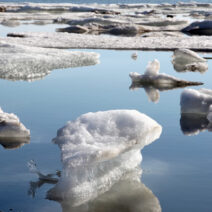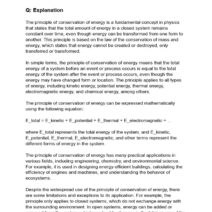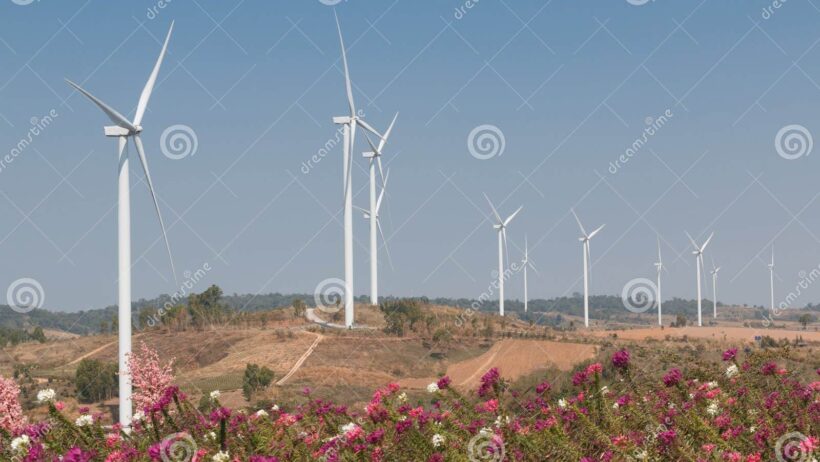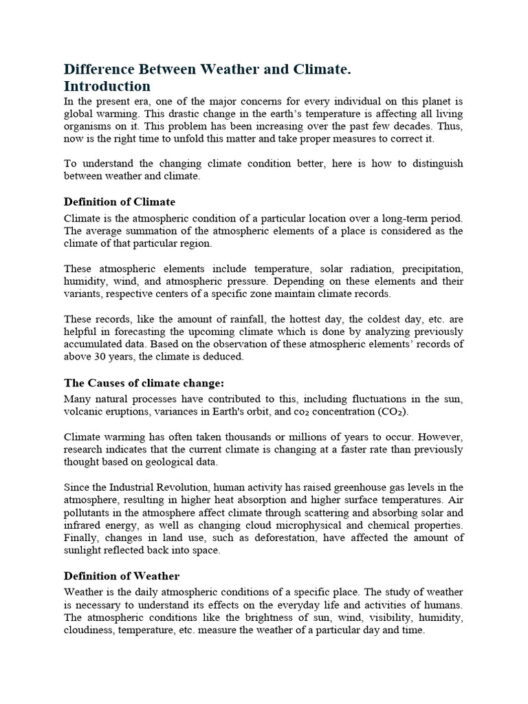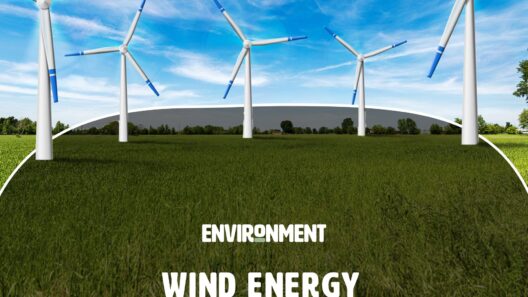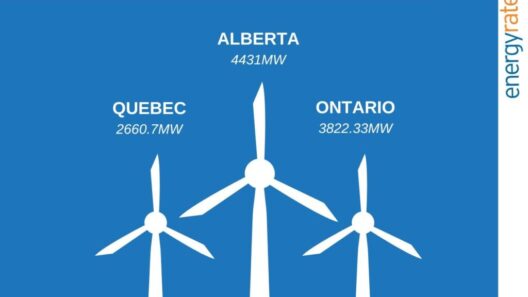As society grapples with the pressing issues of climate change and the depletion of fossil fuels, the pursuit of sustainable energy sources has never been more critical. Among the myriad of alternatives, wind energy stands tall as one of the most promising avenues for clean energy. Harnessing the power of the wind through turbines not only showcases the ingenuity of modern technology but also invites a deeper contemplation of our relationship with nature. This article delves into the multifaceted processes involved in converting wind into electricity, the remarkable role of wind turbines, and the significance of this renewable resource in our energy landscape.
Wind energy is essentially kinetic energy produced by moving air, which possesses the potential to be transformed into other forms of energy. Geographically, wind currents are unevenly distributed across the globe. This natural phenomenon creates areas with higher wind speeds, offering significant opportunities for harnessing wind energy. As the demand for alternative energy solutions grows, engineers and environmentalists alike focus on optimizing the technologies that can transform this abundant resource into usable electricity.
The foundation of wind energy conversion lies in the wind turbine, a machine that converts the kinetic energy of wind into mechanical energy, subsequently transforming it into electrical energy through a generator. The intricate workings of these turbines reflect a perfect harmony between engineering prowess and natural forces. Understanding how turbines function unveils the elegance of this renewable energy source.
Turbine Mechanics: The Symphony of Motion
At the core of a wind turbine is its rotor, which consists of blades designed to capture the wind’s energy. When wind flows over the blades, it creates lift, causing them to spin. This rotation is crucial, as it initiates the entire energy conversion process. The maximum efficiency of a wind turbine occurs at specific wind speeds, known as the cut-in speed and the rated speed. At the cut-in speed, typically around 3 to 4 meters per second, the turbine begins to generate electricity, whereas the rated speed is the point at which it reaches its optimal output.
The rotor’s movement drives a shaft connected to a generator inside the turbine. As the rotor turns, the shaft spins the generator, inducing electromagnetic induction to produce electricity. This electrical output is then transmitted to a transformer, which adjusts the voltage for distribution to the electrical grid. The efficiency of this process relies on advanced technology, including gearboxes and control systems that optimize performance under varying wind conditions.
Modern wind turbines come in various designs, but the most common is the horizontal-axis wind turbine (HAWT). These turbines resemble traditional windmills, featuring two or three blades mounted on a tall tower. In contrast, vertical-axis wind turbines (VAWT) offer a different design paradigm. Although less common, VAWTs can capture wind from any direction, providing advantages in turbulent conditions.
The Turbine’s Role: Beyond Generation
While the primary function of wind turbines is to generate electricity, their roles extend far beyond mere energy production. Wind turbines are strategically placed to optimize wind capture, often found in wind farms or offshore installations, where wind speeds are significantly higher. These wind farms contribute to local economies by creating jobs and fostering sustainable energy initiatives. Furthermore, the dispersed nature of wind turbines reduces reliance on centralized energy sources, enhancing grid resilience and stability.
As the world moves towards decarbonization, the integration of wind energy into the existing energy infrastructure presents unique challenges and opportunities. Issues such as land use, environmental impact, and social acceptance must be navigated thoughtfully. The aesthetics of wind turbines, often contested, reflect a broader societal apprehension regarding the transition to renewable resources. Nonetheless, studies indicate that most communities tend to support wind energy projects, especially when they understand the benefits associated with them, including reduced greenhouse gas emissions and lower electricity costs.
The Environmental Implications: A Sustainable Future
The adoption of wind energy fosters significant environmental benefits. Unlike fossil fuels, wind energy is a clean source of power that produces negligible emissions during operation. The utilization of wind for electricity generation mitigates the impacts of climate change and the exhaust of limited natural resources. Wind energy also plays a crucial role in improving air quality, ultimately leading to enhanced public health outcomes.
However, the transition to wind energy necessitates careful consideration of its environmental footprint. The construction and operation of wind farms can have implications for local wildlife, particularly birds and bats. Innovative technology and strategic siting can alleviate these impacts. Moreover, continued research into turbine design and operation can yield solutions that enhance efficiency while minimizing negative environmental consequences.
The Future of Wind Energy: Expanding Horizons
As technology evolves and public awareness grows, the potential for wind energy continues to expand. Innovations in turbine design, such as larger blades and higher towers, enhance the capacity for energy generation. Offshore wind farms, with their ability to harness stronger and more consistent winds, are becoming increasingly prevalent, promising a significant boost to overall energy production.
Additionally, advancements in energy storage technologies and smart grid systems will play a vital role in integrating wind energy into the broader energy mix. As the world grapples with the dual challenges of meeting energy demands and addressing climate change, the significance of wind energy—symbolized by the majestic wind turbines dotting the landscape—cannot be overstated. They stand as a testament to humanity’s resolve to pivot toward a sustainable future.
In conclusion, the nuanced dynamics of wind energy production demonstrate a remarkable confluence of technological sophistication and environmental necessity. The role of wind turbines in this process highlights not only their engineering brilliance but also their potential as stewards of a cleaner, greener planet. Harnessing the wind, we embrace both the promise of sustainable electricity and a renewed commitment to our planet’s future.
